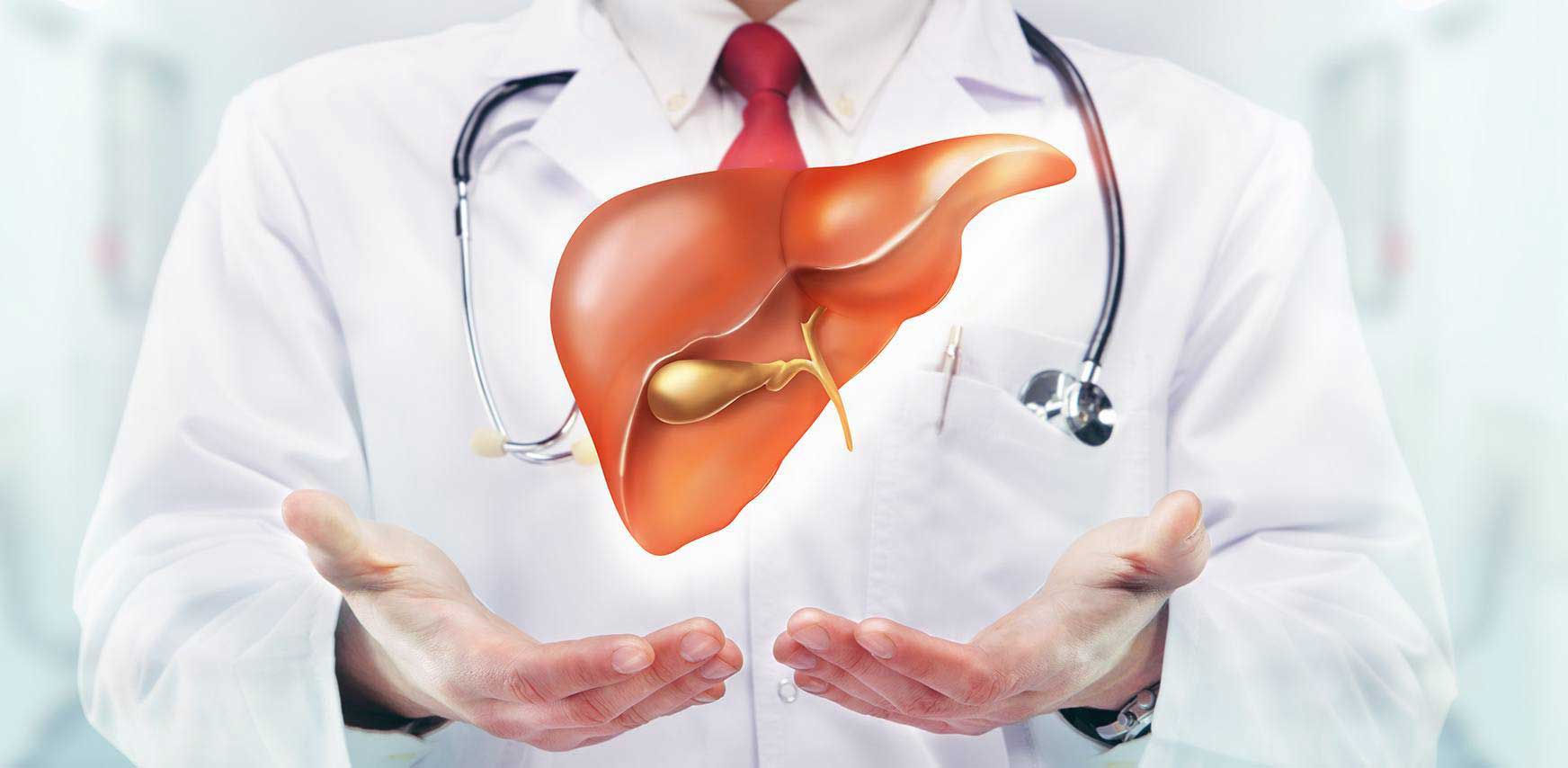The solute carrier family 13 member 5 (SLC13A5), a sodium-coupled citrate transporter, plays a key role in importing citrate from the circulation into liver cells. And through a recent study by scientists at the University of Maryland, the gene’s role in the metabolism and malignancy of hepatocellular carcinoma has come to light.
“The liver is one of the most busy, active organs in the body,” said Hongbing Wang, lead investigator, so the healthy liver already needs a lot of energy. In addition, Wang said, liver cancer appears to be one of the few cancers of which incidences seem to be on the rise, possibly in association with the rise of metabolism-related conditions such as non-alcoholic fatty liver disease.
The investigators, through the course of the study, sought to determine whether SLC13A5 regulates hepatic energy homeostasis and proliferation of hepatoma cells. RNAi-mediated silencing of SLC13A5 expression in two human hepatoma cell lines, HepG2 and Huh7, profoundly suppressed cell proliferation and colony formation, and induced cell cycle arrest accompanied by increased expression of cyclin-dependent kinase inhibitor p21 and decreased expression of cyclin B1.
Their findings expanded the role of SLC13A5 from facilitating hepatic energy homeostasis to influencing hepatoma cell proliferation and suggest
a potential role of SLC13A5 in the progression of human hepatocellular carcinoma.Zhihui Li, a postdoctoral fellow in Wang’s lab, performed experiments in which he used a technique called RNA interference to suppress (but not completely eliminate) the production of the SLC13A5 protein. He carried out these experiments in cultures of two human hepatocellular carcinoma cell lines. Suppressing SLC13A5 resulted in liver cancer cells that did not die but had significantly slower growth and division. Similarly, when these cells were injected into mice, the cells in which SLC13A5 was suppressed formed barely discernable tumors compared to the unmanipulated cancer cells.
The team believes the extracellular citrate taken up by the SLC13A5 protein is required by the liver cancer cells for fatty acid synthesis. Because prostate cancer does not express SLC13A5, the growth of prostate cancer cells was unaffected by suppressing SLC13A5 expression. The fact that prostate cancer grew independently of the presence of SLC13A5 supports the idea that different cancers use different methods to meet their high energy requirements.
However, the team emphasizes that this work is preliminary and that comparing SLC13A5 activity in healthy and cancerous human liver tissue will be necessary before studies of this pathway as a cancer drug target should be contemplated. But understanding the involvement of the citrate transport pathway in the growth of liver cancer marks a step forward in understanding energy use in cancer.



























